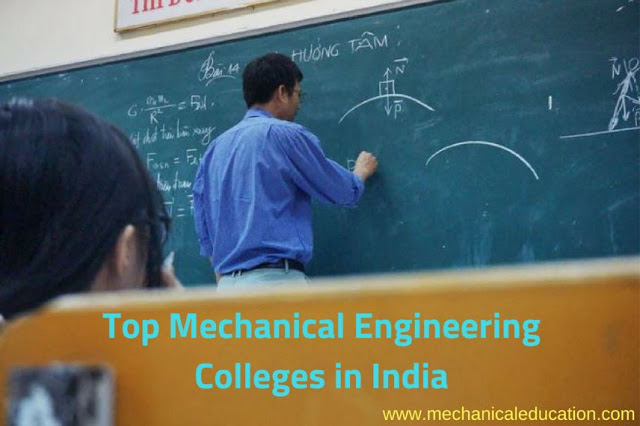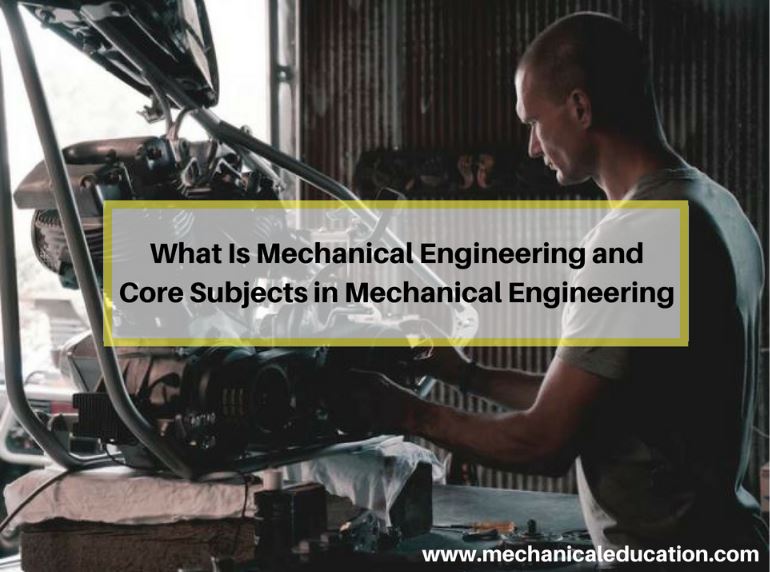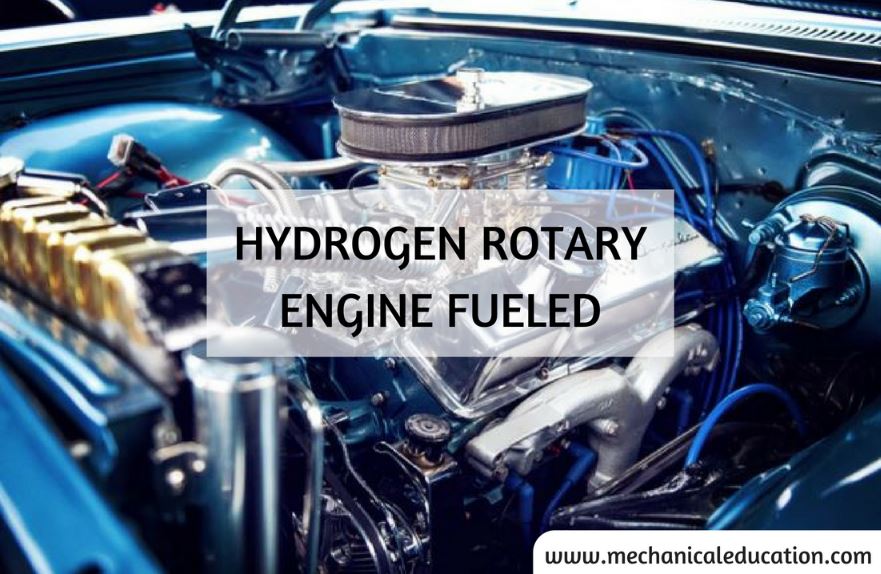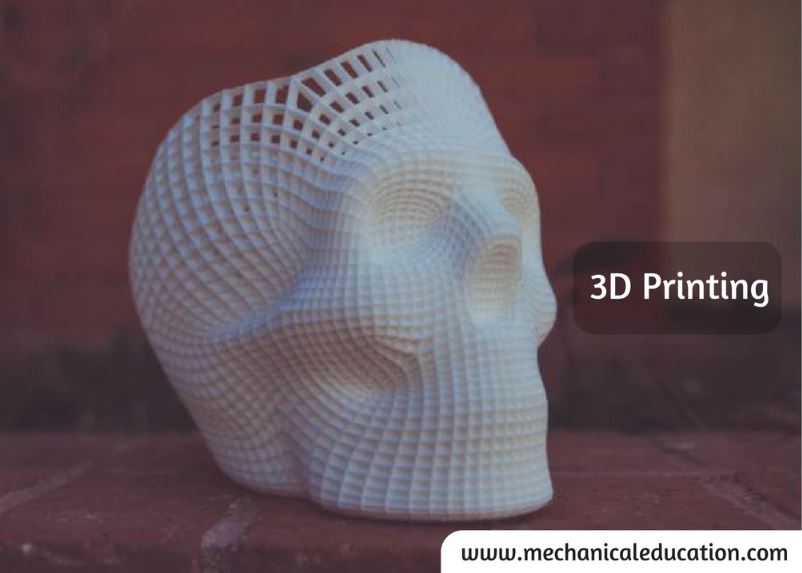What is Plate Evaporator?
A plate evaporator is a type of heat exchanger used for the evaporation of liquids. It consists of a series of metal plates stacked together with channels for the flow of the liquid to be evaporated and the vapor produced during the evaporation process. Heat is applied to one side of the plates, typically through steam or hot water, causing the liquid to evaporate as it flows through the channels.
Plate evaporators offer several advantages:
- Compact Design: Plate evaporators have a compact footprint compared to other types of evaporators, making them suitable for applications where space is limited.
- High Heat Transfer Coefficients: The design of plate evaporators promotes turbulent flow and high heat transfer rates, resulting in efficient evaporation.
- Flexibility: Plate evaporators can handle a wide range of flow rates and temperatures, making them versatile for various applications.
- Easy Maintenance: The modular design of plate evaporators allows for easy disassembly and cleaning, reducing maintenance time and costs.
Plate evaporators are commonly used in industries such as food and beverage processing, dairy processing, chemical processing, and wastewater treatment for concentration and purification of liquids. They are particularly suitable for applications where high heat transfer efficiency, compact size, and ease of maintenance are important considerations.
Plate Evaporator of Disadvantages
- Susceptible to Fouling: Plate evaporators can be prone to fouling, where the accumulation of solids or deposits on the plates reduces heat transfer efficiency. This can lead to decreased performance and increased maintenance requirements.
- Limited Operating Pressure: Plate evaporators typically operate at lower pressures compared to other types of evaporators, which may limit their suitability for certain applications requiring higher pressures.
- Complex Cleaning Procedures: While the modular design of plate evaporators facilitates maintenance, cleaning the narrow channels between plates can be challenging and time-consuming, especially if fouling occurs frequently.
- Risk of Plate Damage: The thin plates used in plate evaporators may be susceptible to damage from pressure fluctuations, thermal stress, or mechanical impacts, potentially leading to leaks or reduced performance.
- Higher Initial Cost: Plate evaporators may have a higher initial cost compared to some other types of evaporators due to their intricate design and construction. However, this cost may be offset by their compact size and energy efficiency in the long run.
- Limited to Low to Moderate Viscosity Liquids: Plate evaporators may not be suitable for highly viscous liquids or those containing large particles, as these can cause flow blockages and hinder heat transfer within the channels.
- Scale Formation: In hard water applications, mineral scale formation on the plates can occur, reducing heat transfer efficiency and necessitating frequent cleaning and maintenance.
Despite these disadvantages, plate evaporators remain widely used in many industries due to their compact size, high heat transfer efficiency, and versatility for various liquid evaporation applications. Proper design, operation, and maintenance practices can help mitigate these drawbacks and maximize the performance and longevity of plate evaporator systems.
How Does Plate Evaporator Work
A plate evaporator works based on the principles of heat transfer and evaporation to remove liquid from a solution or suspension. Here’s how it typically operates:
- Introduction of Feed: The liquid to be concentrated is introduced into the plate evaporator through an inlet.
- Distribution across Plates: Inside the plate evaporator, the liquid flows through the channels between the plates. The geometry of these channels ensures an even distribution of the liquid across the plates’ surfaces.
- Application of Heat: Heat is supplied to one side of the plates, usually through steam or hot water. This heat transfer mechanism causes the liquid in contact with the heated plates to undergo phase change from liquid to vapor (evaporation).
- Formation of Vapor: As heat is applied to the plates, the liquid adjacent to the hot surface begins to vaporize, forming vapor bubbles within the liquid. These vapor bubbles rise through the liquid, further promoting the evaporation process.
- Removal of Vapor: The vapor generated during the evaporation process accumulates in the vapor space above the liquid surface. Depending on the design of the evaporator, the vapor may be removed through a separate outlet or collected for further processing.
- Concentration of Liquid: As evaporation continues, the concentration of the remaining liquid increases since only the solvent (usually water) is being evaporated, leaving behind the solutes or suspended solids.
- Collection of Concentrated Liquid: The concentrated liquid is typically removed from the plate evaporator through an outlet located at the bottom of the unit.
- Condensation of Vapor (Optional): In some plate evaporator configurations, the vapor removed from the evaporator can be condensed back into liquid form using a condenser and recycled for reuse or further processing.
- Continued Operation: The process continues cyclically, with fresh liquid continuously introduced into the evaporator and concentrated liquid withdrawn, maintaining a steady-state concentration of the desired product.
Overall, plate evaporators provide efficient and compact means of concentrating liquids through evaporation, making them suitable for a wide range of industrial applications, including food and beverage processing, dairy processing, chemical manufacturing, and wastewater treatment.
Structure of Plate Evaporator
The structure of a plate evaporator typically consists of several components designed to facilitate efficient heat transfer and liquid evaporation. Here’s a breakdown of the key elements:
- Frame: The frame provides structural support and holds the various components of the plate evaporator together. It is typically made of stainless steel or other durable materials to withstand the operating conditions.
- Plates: The plates are the core components of the plate evaporator. They are thin, flat surfaces with channels or corrugations that create flow passages for the liquid and vapor. The plates are stacked together in a frame, forming a series of alternating liquid and vapor flow channels.
- Gaskets: Gaskets are placed between the plates to create sealed flow passages for the liquid and vapor. They prevent leakage and ensure that the liquid and vapor flow through the designated channels without mixing.
- Inlet and Outlet Ports: The plate evaporator has inlet and outlet ports for the entry and exit of the liquid to be evaporated. The inlet port allows the feed liquid to enter the evaporator, while the outlet port is used to remove the concentrated liquid.
- Heating Medium Inlets and Outlets: In plate evaporators that use external heating, such as steam or hot water, inlet and outlet ports are provided for the entry and exit of the heating medium. The heating medium flows through channels or jackets on the exterior surface of the plates, transferring heat to the liquid inside.
- Support Columns or Spacers: Support columns or spacers are used to maintain the spacing between the plates and prevent them from collapsing under pressure. These components ensure uniform flow distribution and prevent deformation of the plates during operation.
- Pressure Equalization Ports (Optional): Some plate evaporators may include pressure equalization ports to balance the pressure across the plates and prevent uneven distribution of the liquid and vapor flow.
- Access Doors or Panels: Access doors or panels are provided to allow for inspection, maintenance, and cleaning of the internal components of the plate evaporator. They enable easy access to the plates and gaskets for servicing purposes.
Overall, the structure of a plate evaporator is designed to maximize heat transfer efficiency, minimize energy consumption, and ensure reliable operation for the concentration of liquids through evaporation. The specific design and configuration of a plate evaporator may vary depending on factors such as the application, operating conditions, and desired throughput.
Function of a Plate Evaporator
A plate evaporator is a type of heat exchanger designed to efficiently convert liquid into vapor using a series of metal plates. It plays a crucial role in industries where rapid and energy-efficient evaporation is needed.
Key Functions of a Plate Evaporator
- Facilitating Heat Transfer
- The primary function of a plate evaporator is to transfer heat from a hot fluid (such as steam or hot water) to the liquid that needs to be evaporated.
- The corrugated metal plates create turbulence, enhancing heat transfer and ensuring even evaporation.
- Evaporating Liquids Efficiently
- As heat is applied, the liquid reaches its boiling point and turns into vapor.
- This process is used to concentrate solutions, remove excess moisture, or separate components in various industries.
- Providing Compact and Energy-Saving Solutions
- Compared to traditional evaporators, plate evaporators take up less space while delivering higher efficiency.
- Their design allows for maximum heat transfer with minimal energy consumption, making them cost-effective.
- Supporting Industrial Processes
- Refrigeration – Plate evaporators absorb heat, helping cool air or other substances in refrigeration systems.
- Food Processing – Used to concentrate juices, milk, and other liquids by removing water content.
- Chemical and Pharmaceutical Applications – Helps in purifying and separating chemicals or producing medicines.
Conclusion
The function of a plate evaporator is to efficiently transfer heat and evaporate liquids in a compact, energy-saving manner. Its ability to enhance industrial processes makes it an essential component in refrigeration, food production, and chemical industries.
Frequently Asked Questions
1.What is a plate evaporator?
A plate evaporator is a type of heat exchanger used for the evaporation of liquids. It consists of stacked plates with channels for liquid flow, where heat is applied to one side to facilitate evaporation.
2.How does a plate evaporator work?
In a plate evaporator, liquid to be concentrated flows through channels between stacked plates. Heat is applied to one side of the plates, causing the liquid to evaporate and leave behind a more concentrated solution.
3.What are the advantages of using a plate evaporator?
Plate evaporators offer advantages such as compact design, high heat transfer efficiency, versatility in handling different liquid viscosities, and ease of maintenance due to their modular construction.
4.What industries commonly use plate evaporators?
Plate evaporators are widely used in industries such as food and beverage processing, dairy processing, chemical manufacturing, pharmaceuticals, and wastewater treatment for concentration and purification purposes.
5.Are plate evaporators suitable for high-pressure applications?
Plate evaporators typically operate at lower pressures compared to some other types of evaporators, making them more suitable for low to moderate pressure applications.
6.How do plate evaporators handle fouling issues?
Fouling can be a concern in plate evaporators due to the accumulation of deposits on the plates’ surfaces. Regular cleaning and maintenance practices are essential to mitigate fouling and ensure optimal performance.
7.Can plate evaporators handle highly viscous liquids?
Plate evaporators are generally suitable for low to moderate viscosity liquids. Highly viscous liquids may pose challenges in terms of flow distribution and heat transfer within the channels.
8.What factors affect the efficiency of a plate evaporator?
Factors such as temperature difference, flow rates, liquid properties, fouling tendencies, and design parameters (such as plate spacing and channel geometry) can impact the efficiency of a plate evaporator.
9.Are plate evaporators energy-efficient?
Plate evaporators can be energy-efficient due to their high heat transfer coefficients and the ability to operate under vacuum conditions, reducing energy consumption compared to atmospheric evaporation.
10.How can the performance of a plate evaporator be optimized?
Performance optimization strategies include proper design selection, regular maintenance to prevent fouling, optimizing heat transfer parameters, and implementing control systems to maintain optimal operating conditions.




